Isn’t IPL used for hair-removal?
Yes, IPL is used for hair removal – in fact, that’s its most frequent use. But IPL is also great for reducing pigmentation in the skin. For sorting out pigmentation problems, the practitioner will the same kind of IPL device as for hair removal, but with a different setting. IPL can also be used to stimulate collagen production within the skin, but it is more often used for pigment-busting or hair removal than for skin rejuvenation.
Similarly, laser is also used for both hair removal and for tackling pigment in the skin (and for skin rejuvenation), but the practitioner will use a different type of laser for each task rather than the same laser with a different setting.
What is IPL photofacial?
A ‘photofacial’ is a bit of a loose term, but it means a skin-improving treatment done with light (from the Greek word ‘photos’, meaning ‘light’), in this case, IPL. Here, the IPL is used to heat the fibroblasts in the skin – the cells that make collagen – and this stimulation encourages the fibroblasts to produce new collagen, to improve the look of the skin. The treatment will also reduce pigmentation in the skin, which will help the whole face to look fresher and clearer, too.
Does IPL work for thread veins?
Yes, IPL is an effective treatment for thread veins – it actually gets rid of them. The light energy is attracted to the red haemoglobin pigment in the veins, and breaks it up, so that the body can disperse it. You will probably need more than one treatment, depending on the extent of the veins.
Bear in mind that your skin will doubtless produce more thread veins as it gets older – but when it does, you’ll know what to do about them.
What can IPL do for age spots?
IPL can remove age spots, by breaking up the brown pigment that has clustered together to form them. However, you are likely to develop other age spots in due course, for example on the backs of your hands. If so, you can simply have further IPL treatments to fade and remove the spots.
Does IPL work as a treatment for melasma?
It can also be useful to improve melasma, the butterfly-shaped pigment patches that often occur during pregnancy, but because melasma is a condition that is driven by hormones, your practitioner needs to assess carefully whether you are a suitable candidate for treatment. Most practitioners prefer to treat melasma with appropriate prescription skincare.
How much does IPL cost?
The cost of IPL can vary substantially depending on the clinic you choose and which area or areas you have treated.
Here are some examples of IPL costs:
- IPL for pigmentation problems costs around £100–150 per treatment. You may need several sessions to clear pigmentation problems, thread veins, or rosacea.
- IPL for hair removal costs from around £80 – £300 per session and area.
- IPL skin rejuvenation for the entire face costs from around £150 per treatment.
- IPL rejuvenation for the full face and neck costs from £200 upward per treatment.
How long does IPL take?
An IPL session usually takes around 20 minutes. You may need a course of several sessions spaced out at 3–6-week intervals to get the results you want.
Most people need little or no downtime after IPL – for example, most people can go straight back to work after a treatment. However, for your first IPL session, it is wise to allow some downtime to see how your skin responds to IPL.
Do I need a patch test for IPL?
When you go for a consultation, your practitioner should offer you a patch test for IPL, just to assess how your skin reacts to the light. This should be done 48 hours before treatment.
Where can I get IPL?
You can get IPL at a wide variety of clinics. When finding a practitioner for IPL, bear in mind that the UK has no regulation – no regulation at all – over who can use IPL devices and cosmetic lasers. These are powerful machines, so it’s vital that you find an experienced and skilled practitioner for your treatment.
As with other types of cosmetic procedures, practitioners may have impressive-looking certificates of competence on display on their walls – but unless you know how long and demanding each course was that produced those qualifications, they may not mean much.
I recommend you use the Find a Practitioner tool on this website to find a skilled practitioner who provides IPL in your area.
What is it like to have IPL?
IPL treatment is usually straightforward and goes something like this:
- Your chosen practitioner examines your skin and plans the treatment.
- For two weeks before treatment, you should avoid direct sunlight or tanning machines (please, please, never use tanning machines. They age your skin faster than anything except smoking). You should also avoid chemical peels and creams that contain vitamin A or glycolic acid as these make the skin more sensitive to light.
- Most IPL treatment doesn’t require anaesthesia, but in some cases the practitioner may apply a topic anaesthetic to the area being treated.
- You wear protective eyewear to keep the flashes of light out of your eyes.
- The practitioner applies a cold gel to the treatment area.
- The practitioner places the IPL treatment head against your skin and activates it. The light flashes, and you feel a snap. The feeling of each IPL shot is most commonly compared to having an elastic band pinged against your skin – not nice, but not excruciating.
- If you tolerate the initial IPL shots well, the practitioner may turn up the intensity, so the discomfort may become more challenging.
- After finishing the shots, the practitioner wipes off the remains of the cold gel, and you’re good to go.
After the IPL treatment, you should be scrupulous about wearing high-factor sunscreen, and avoid exposure to the sun for several weeks – or you will risk undoing all the good effects of the treatment.

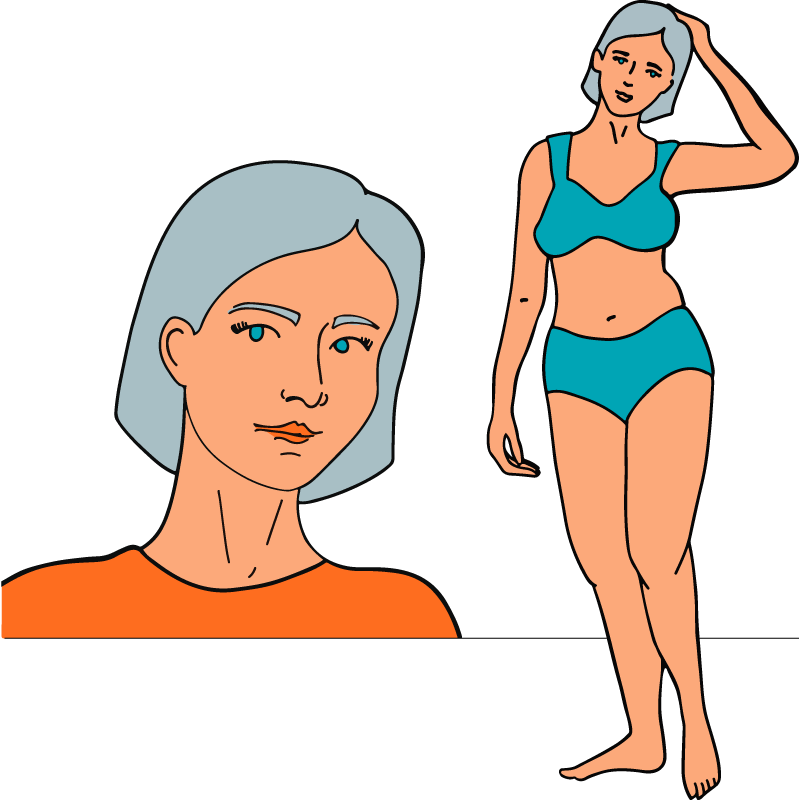

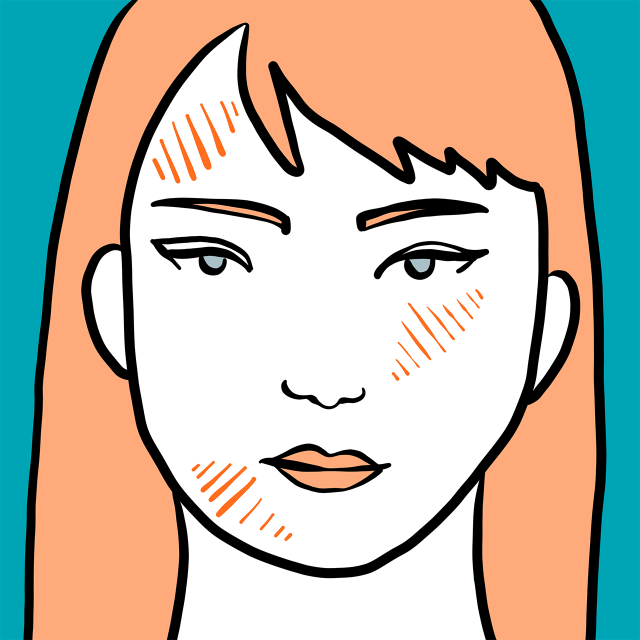
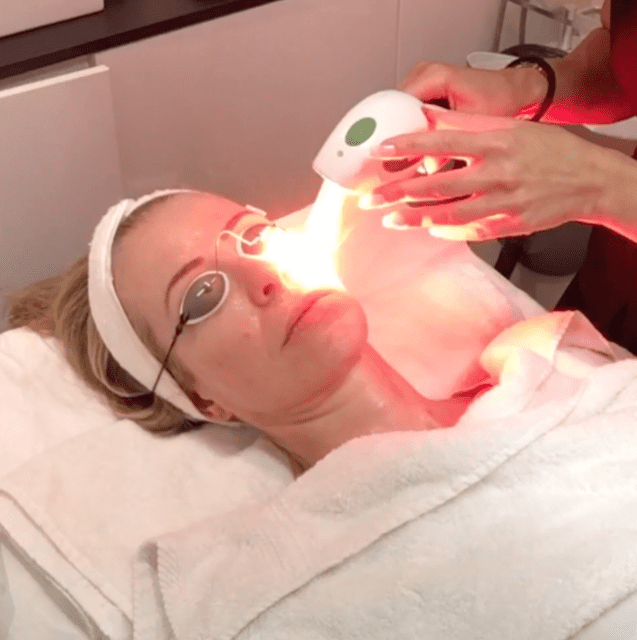
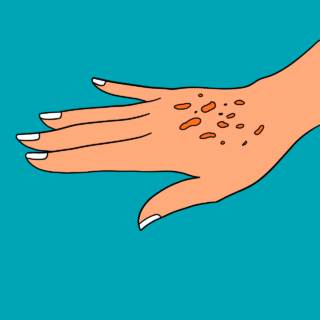
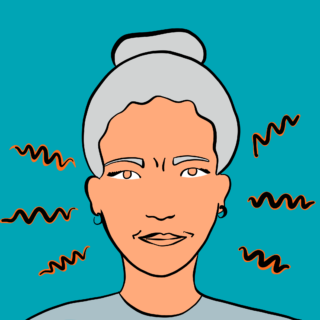
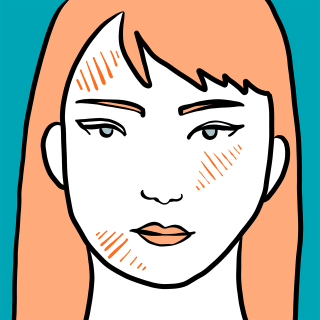
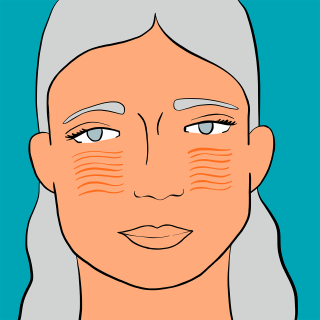
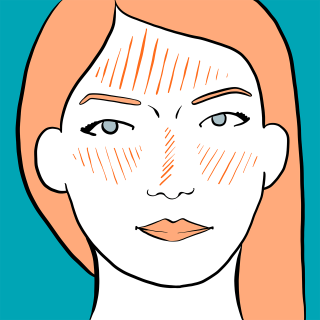

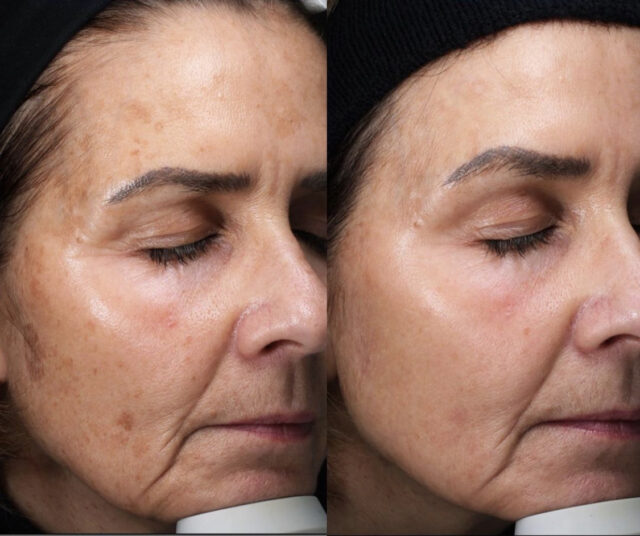
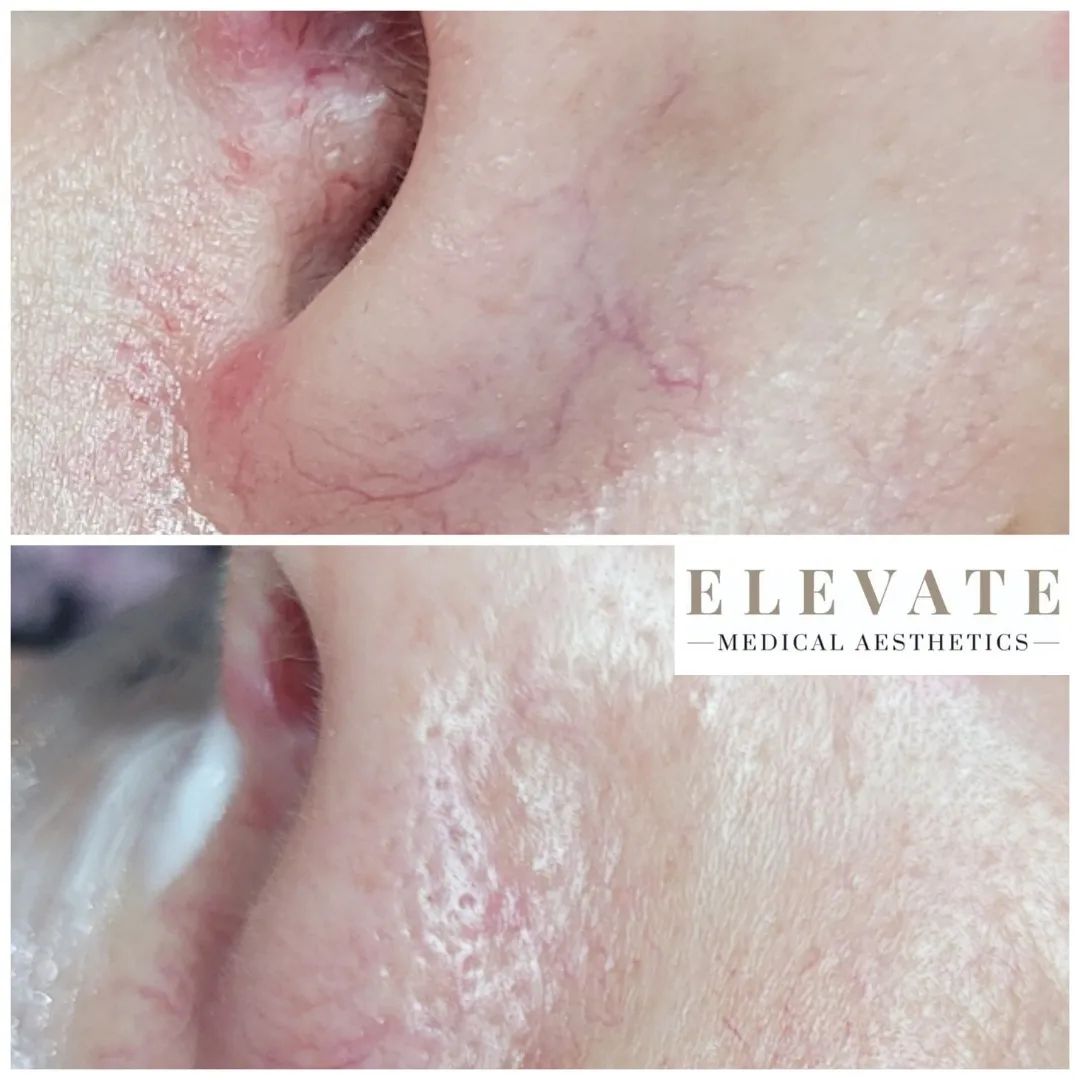
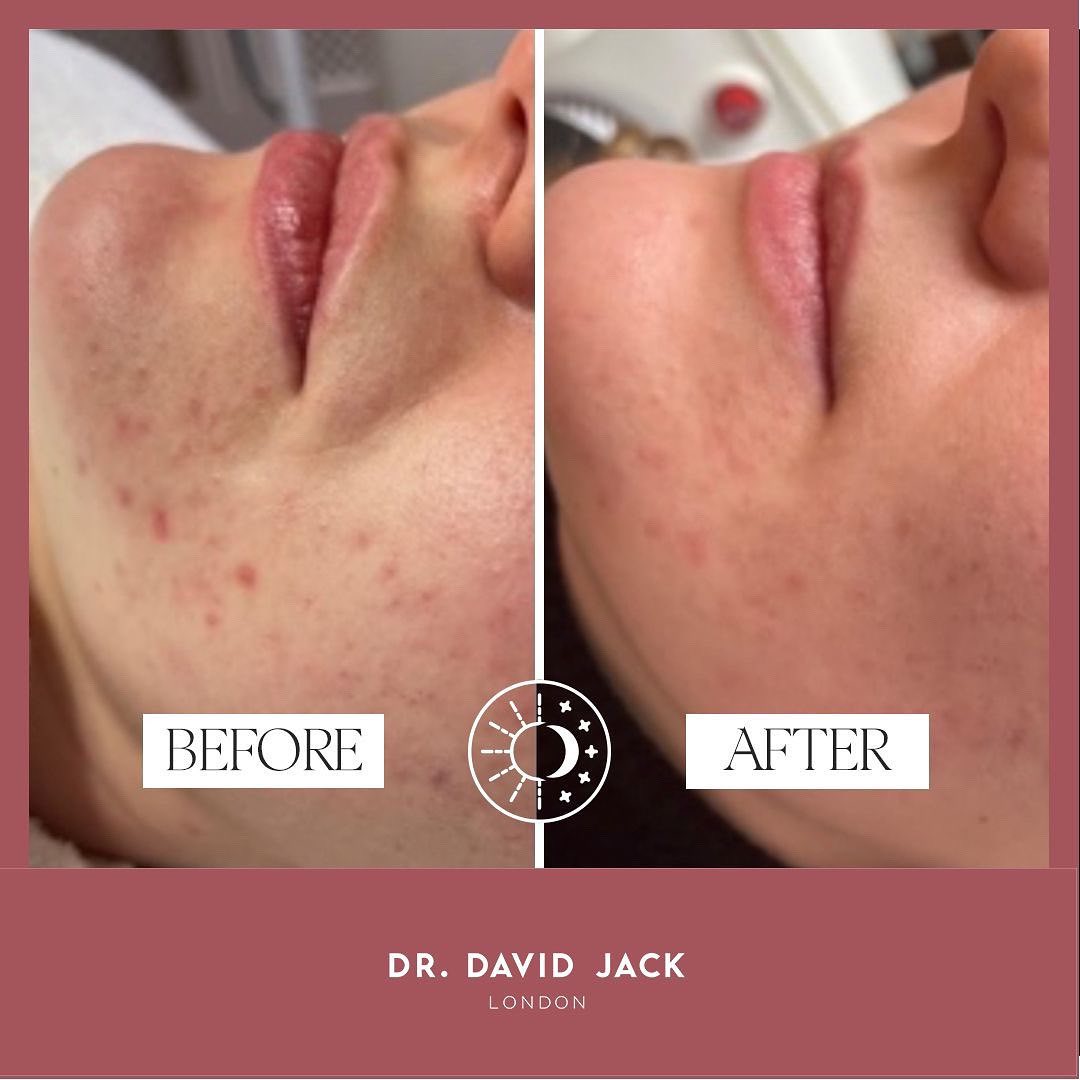
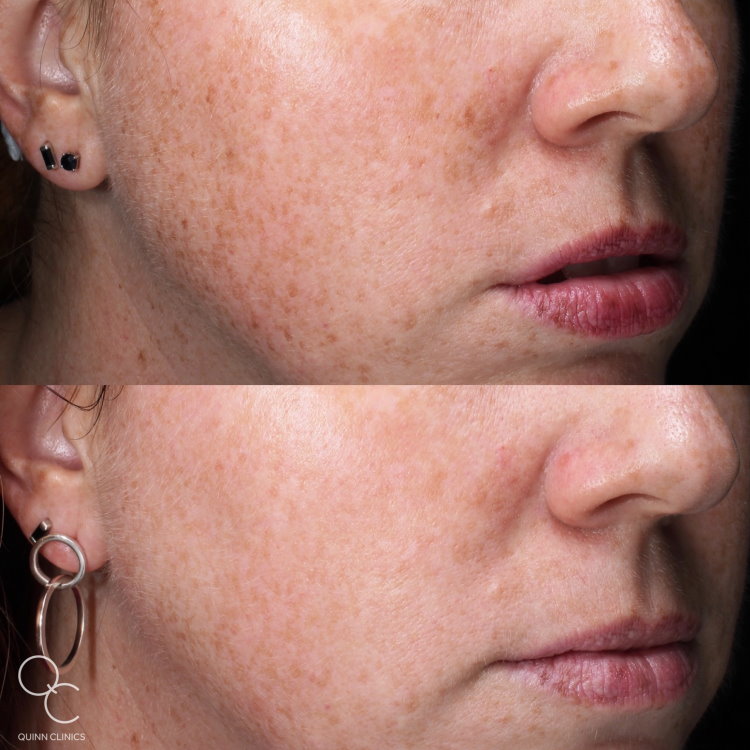
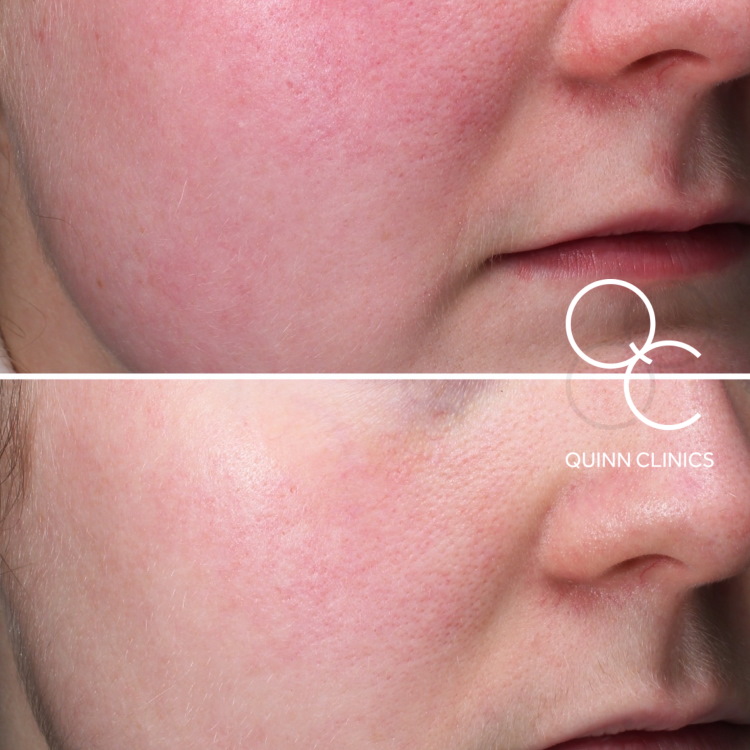
 The Tweakments Chatbot
The Tweakments Chatbot